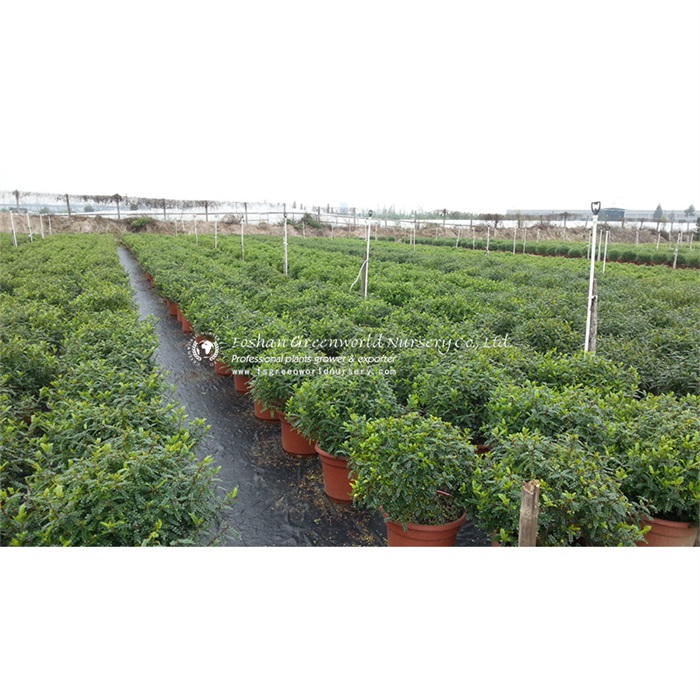
In the world of landscape design, there is a constant search for new and innovative plant species that can add beauty and interest to outdoor spaces. One such plant that is gaining popularity among landscape designers is Tecoma Stans, also known as Yellow Elder. This vibrant and versatile flowering plant is making a name for itself in the world of landscaping, offering a range of benefits and opportunities for creative design.
Tecoma Stans is a species of flowering plant in the trumpet vine family, Bignoniaceae. It is native to the Americas, with a natural range that extends from the southern United States to South America. The plant is characterized by its bright yellow, trumpet-shaped flowers, which bloom prolifically throughout the warmer months. In addition to its attractive flowers, Tecoma Stans also boasts glossy green foliage, making it an excellent choice for adding color and texture to outdoor spaces.
One of the key benefits of Tecoma Stans is its adaptability to a variety of growing conditions. This plant is extremely hardy, able to thrive in a range of soil types and climates. It is also relatively low-maintenance, requiring minimal watering and pruning once established. These attributes make Tecoma Stans an ideal choice for landscaping projects in a wide range of settings, from residential gardens to public parks and commercial developments.
In addition to its aesthetic appeal and hardiness, Tecoma Stans also offers ecological benefits. The plant attracts a variety of pollinators, including bees and butterflies, making it a valuable addition to any landscape for its ability to support local ecosystems. Its nectar-rich flowers are also a food source for hummingbirds and other birds, further contributing to the biodiversity of an outdoor space.
The versatility of Tecoma Stans extends to its potential applications in landscape design. It can be used as a standalone shrub or small tree, providing a bold focal point in a garden or park. It can also be incorporated into mixed borders and hedgerows, adding height and interest to an outdoor space. In addition, Tecoma Stans is well-suited to container gardening, making it a valuable option for urban landscapes and rooftop gardens.
Beyond its aesthetic and ecological benefits, Tecoma Stans also has a rich cultural history. The plant has long been valued for its medicinal properties, with various parts of the plant used in traditional herbal remedies. Its bright yellow flowers have also made it a symbol of happiness and positivity in many cultures, adding a layer of cultural significance to its use in landscape design.
As Tecoma Stans gains recognition for its qualities as a landscaping plant, it is finding its way into a variety of high-profile projects. Landscape architects and designers are increasingly incorporating this plant into their designs, using it to create visually striking and sustainable outdoor spaces. From public parks and botanical gardens to private residences and commercial developments, Tecoma Stans is making a notable impact in the world of landscape design.
One such example of Tecoma Stans in action is its use in urban landscaping projects. With its ability to thrive in urban environments and its capacity to attract pollinators, this plant is proving to be an asset in the greening of cities. Designers are using Tecoma Stans to bring color and life to urban streetscapes, plazas, and public areas, contributing to the creation of healthier and more vibrant urban environments.
In conclusion, Tecoma Stans is emerging as a standout plant in the world of landscape design. Its aesthetic appeal, adaptability, ecological value, and cultural significance make it a compelling choice for a wide range of landscape projects. As it continues to garner attention and recognition, Tecoma Stans is sure to have a lasting impact on the way we design and experience outdoor spaces. Whether used as a focal point in a garden or as part of a broader landscape scheme, this plant has the potential to transform outdoor environments and bring joy to all who encounter it.
